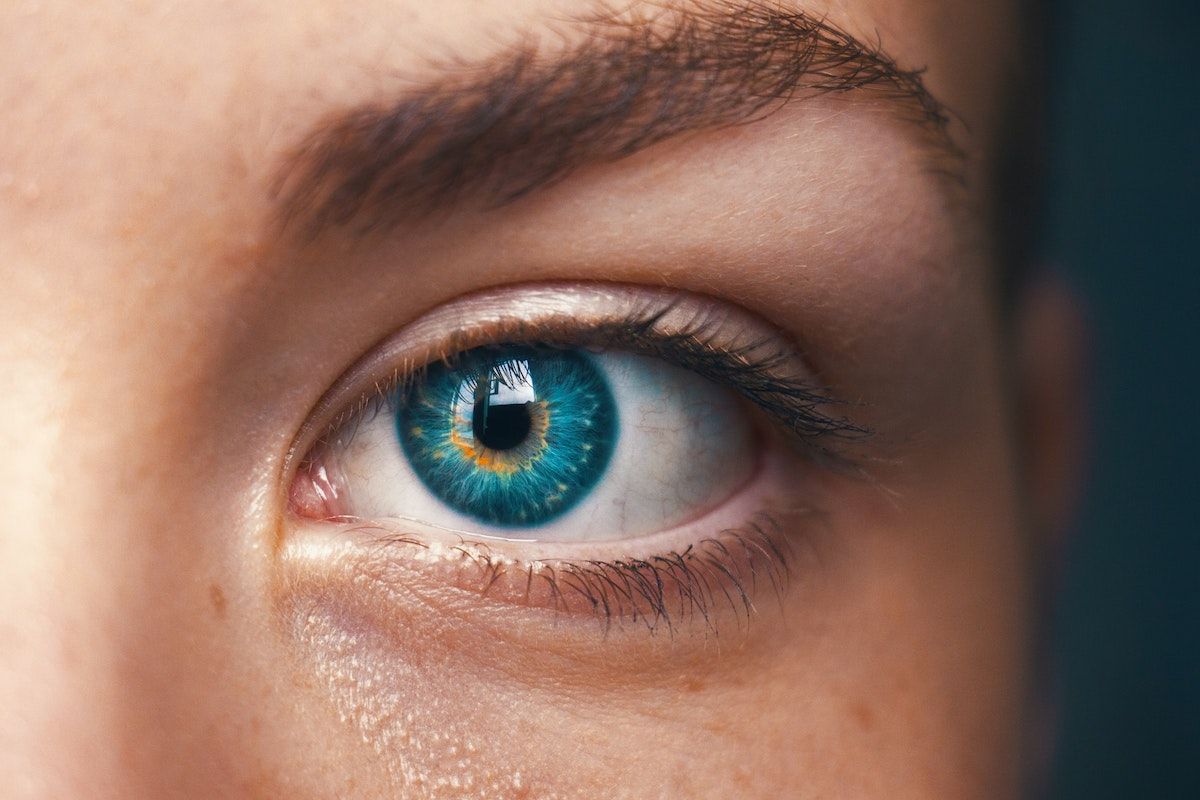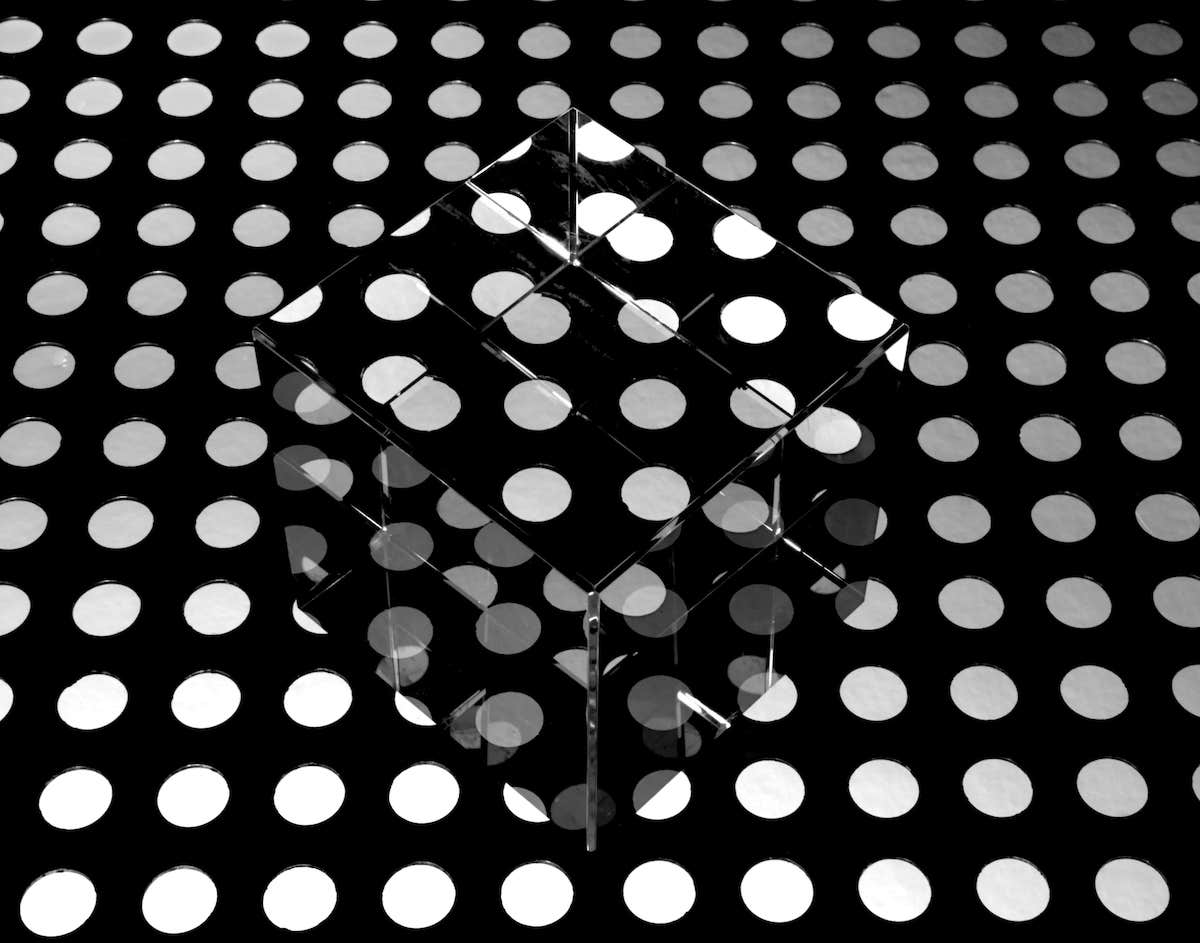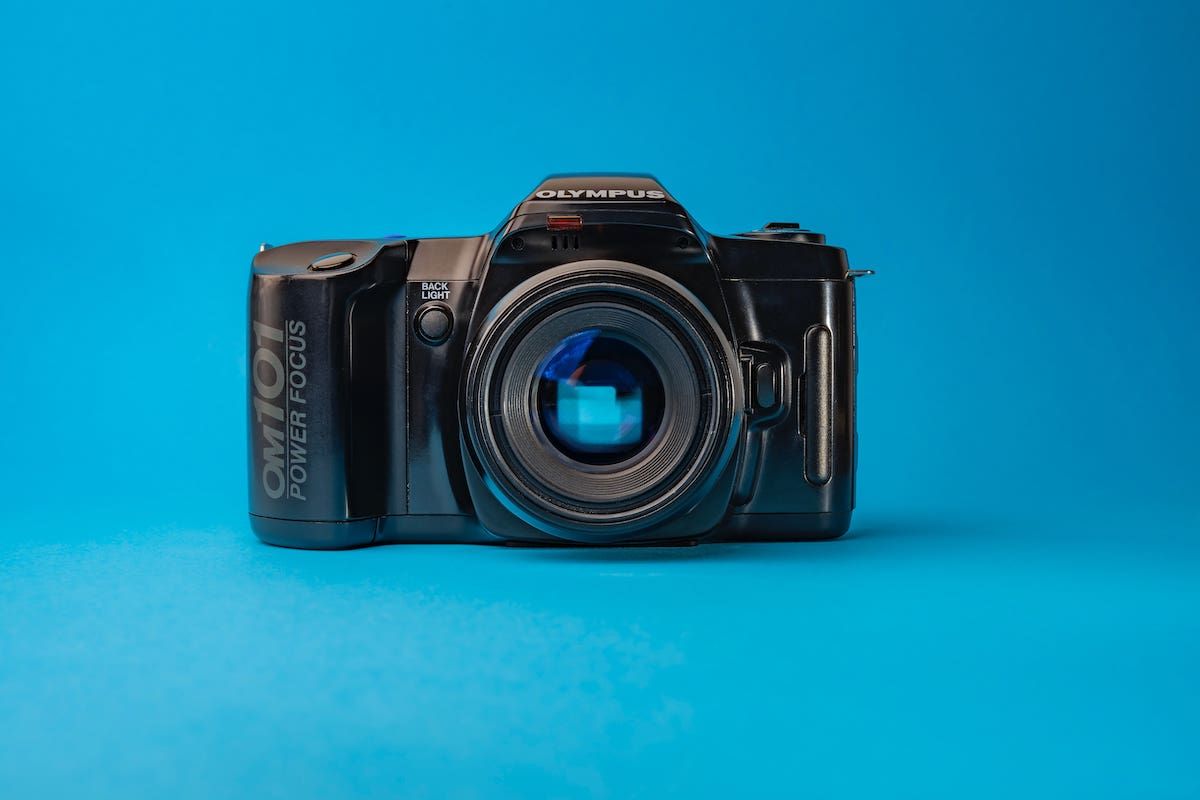AI Photography Explained – Definition, Benefits & 3 Softwares
Rent film gear from local filmmakers.

Rent film gear from local filmmakers.
Did you know that many of today's cameras and smartphone photography capabilities are powered by AI?
The top-notch features you're using, and the high-end image qualities you enjoy are frequently the result of the in-built AI technology.
Keep reading this article to discover how AI enhances your photography, and find three editing software based on artificial intelligence!
If AI photography sounds a little too complicated and you'd instead explore the basics, our complete guide to the photography craft is here to help.
What is AI in photography?

Facial and environment recognition
In the same way, many smartphones today unlock using face recognition software, and modern cameras use the same technology.
Facial recognition analyzes the environment in real time, identifies if there is a human face in the picture, and shifts attention to the face.
AI-based facial recognition is also present in photo editing software, like Adobe Lightroom. For example, Adobe's machine-learning face recognition feature, Sensei, can detect faces in images, automatically arrange the photos based on identified faces, and create albums according to people.
The built-in AI in the modern camera can also cleverly scan the environment when preparing to take a pic or film a video and create depth of field where relevant while keeping the sharpness and focus on the main subjects of the composition.
Bokeh and autofocus
Like Apple's portrait mode, the modern camera's AI technologies make the face pop clearly, blurring the foreground and achieving the bokeh effect.
Again, this is an example of the replication of narrow depth perception: the subject is sharp, but the background fades behind it.
As a result, your subject attracts more attention than the foreground and therefore holds the focus of viewers and attracts more significant attention to the topic you're depicting.
The recent AI-based developments with real-time autofocus have been outstanding. Many digital cameras now come with human and animal eye tracking features.
They can handle erratic movements of the subject and still keep the focus on - these developments are of great help for both photographers and videomakers, especially those doing sports and wildlife photography and filming.
Zoom and enhancement
Scaling up a photo, especially if it was shot in JPEG format, will usually lead to a dimmed and blurry image.
AI can also help you out here: the Deep Convolutional Neural Networks (CNNs), which were trained on a vast library of images, will detect certain elements like skin or walls and add extra detail when you upload a photo.
Thanks to that, you can zoom a JPEG image as much as 4x without compromising quality.

Cameras and hardware
Both smartphones and cameras today became exceptionally capable of taking top-notch quality images, and many of those capabilities are because of the in-built AI.
For example, many mobile phones now include a Neural Processing Unit (NPU) that powers their AI features and thus can detect multiple scene categories and apply relevant image adjustments to create better, higher-quality photographs.
Can AI improve your photography?
AI has progressed substantially over the last several years and has brought many benefits to photographers.
It adds a new layer to the shooting and editing process by simplifying some important but somewhat sophisticated parts, like autofocus, depth of field, face, and balance of the surroundings on an image.
It takes the repetitive, intensive tasks of the post-production process and helps the creators reach their goals more quickly.
For example, image editing and enhancing, noise reduction, upscaling of JPEG images, quality improvements, and "clever" color grading - if you just look at some features of Photoshop and Lightroom, you'll find a lot of AI techniques there.
With AI, complex work can be performed more quickly, and automated solutions reduce human errors significantly. This way, photographers can enjoy more time and space for experiments and attain superior results more efficiently.
3 AI cameras

1. Arsenal
Arsenal is a technology that connects to your camera and assists in capturing the scene using an extensive database of photographs.
For example, you point the camera at a particular spot, and Arsenal looks up its database to find similar images. In the realm of photography, an image enhancer can be a game-changer, elevating the visual appeal of a photograph without the need for extensive manual editing.
The AI-based program then offers you a variety of options for capturing the best photograph based on what you are planning to shoot and produces similar images to those captured by professional photographers.
2. Olympus E-M1X
The Olympus E-M1X includes a feature that can recognize the subjects or items in the frame before you shoot an image.
Birds, vehicles, faces, and many other things get scanned by this Olympus camera, offering elevated autofocus and facial recognition.
The camera also responds to Apple's Live photographs feature: the brand came up with Pro Capture, a function that snaps the pictures before and after you shoot the single frame photo.
3. Google Clips
Google Clips is the first analog camera fully controlled by AI. The camera is taught to recognize the people who matter to you most and to take the best moments to capture.
The Clips automatically snap short clips worth several seconds when your most important people or pets are around. It works with your phone locally, without wires, and is smart enough to identify facial expressions, lighting, and framing.
3 editing software with AI

1. Luminar AI
Luminar AI is one of the most popular AI image editing tools with landscape and portrait editing features.
You can create composite changes using the Atmosphere and Augmented Sky tools and select from various moods for your photograph.
For people in your images, you can use Makeup and portrait photosets and Fix Face & Skin to bring your portraits to a new level.
2. Photoshop
Adobe's Photoshop is another AI feature-rich editing tool with top-notch technology embedded in the software.
There's a set of tools called Neural Filters that let you adjust a person's age, facial expressions, and much more - edit emotions like joy, anger, or surprise with a slider move.
The Sky replacement tool, Content-Aware fill, and Face-Aware liquify - all let you enhance your images with a couple of clicks of a mouse.
3. Topaz
Topaz is a picture editing lab specializing in AI technology. They offer tools for enhancing the images while keeping them natural.
Topaz makes your workflow uninterrupted and smooth by sharpening, denoising, upscaling and offering plugins for your image editing software.
How will AI impact the future of photography?
As with every other industry that AI has disrupted in recent years, there's always the debate: for or against?
Photography is yet another sphere that raises the question of whether artificial intelligence will impact its future positively or leave a scar.
In many ways, AI is undoubtedly a savior for photographers because it allows for a more efficient and easy workflow in producing and editing images.
However, if creators rely too much on AI, they risk not improving their skills with as much pace as they would.
The best way out is to smartly combine the human aspects of the craft with machine aspects when taking images to ensure that each part of this equation brings the best contribution to the result - the great pic.
What is AI in photography?
AI in photography includes facial and environmental recognition, the creation of depth of field and bokeh, enhanced autofocus, and better zoom and image enhancement.
Will AI take over photography?
If approached smartly, AI will only benefit photography, but the human touch will still need to be predominant in this industry.
Are AI cameras good?
Modern cameras became exceptionally capable of taking top-notch quality images because of the in-built AI features that enhance the face and eye detection, autofocus, and composition.























